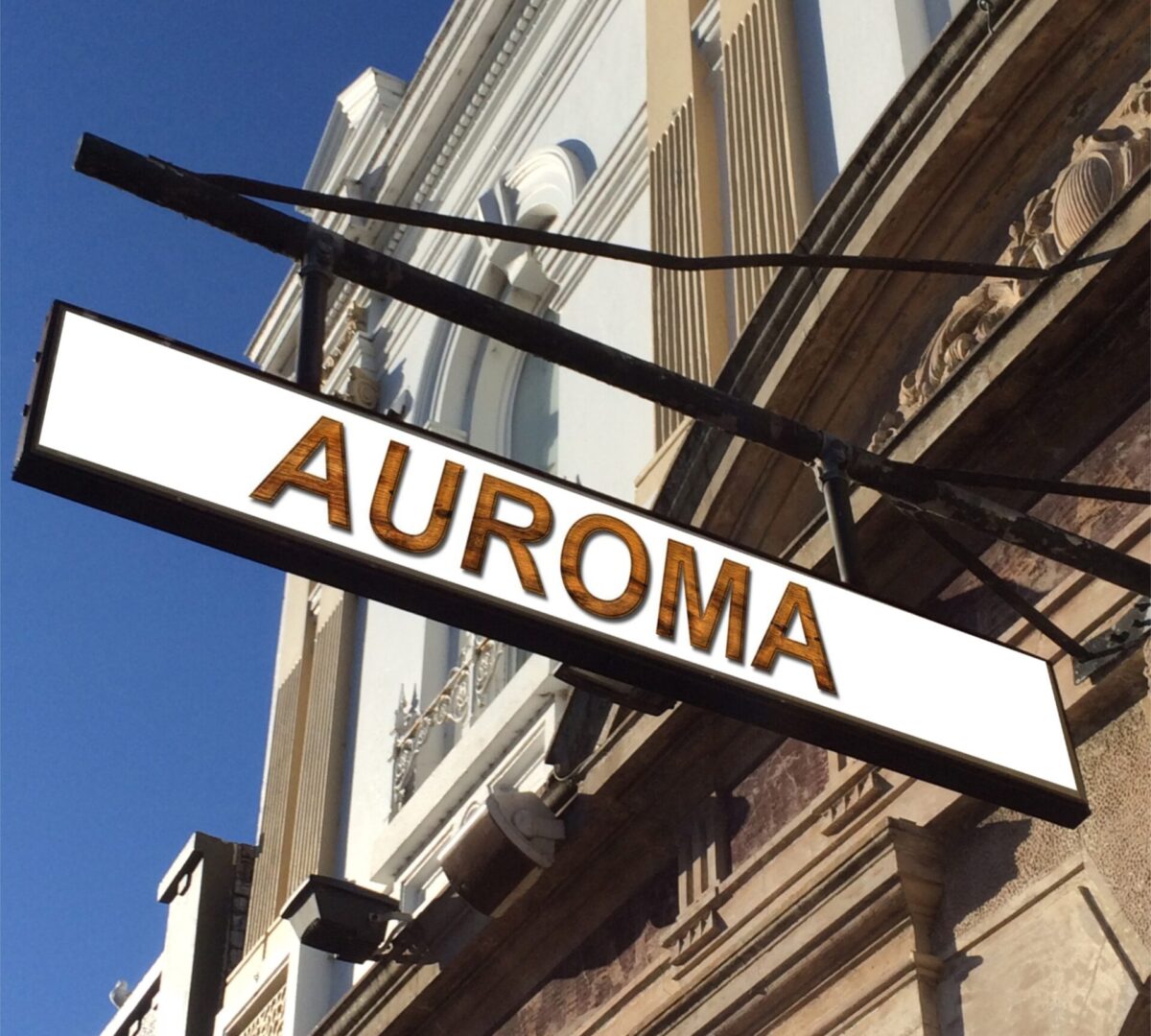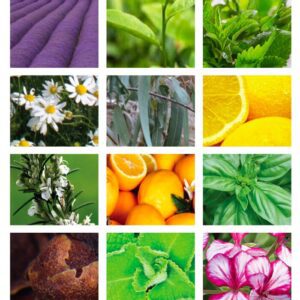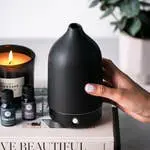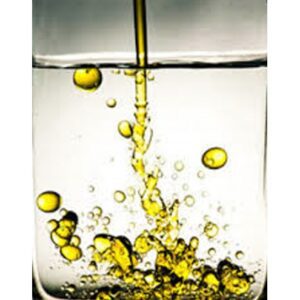Sandalwood Australian Essential Oil
$32.62 – $2,948.40
| Botanical Name: | Santalum spicatum |
| Geographic Origin: | Australia |
| Method of Farming: | 100% Pure – Conventional |
| Method of Extraction: | Steam & Water Distilled |
| Part of Plant: | Powdered roots & billets |
Profile
“When you react to others with aggression and irritation, it is time to reach for sandalwood.” (Fisher-Rizzi S. Complete aromatherapy handbook. Sterling Publishing Company, USA, 1990.)
Sandalwood Australian Essential Oil is extracted from the heartwood of a native Australian tree. It is a parasitic tree that takes up to thirty years to produce oil. The tree grows slowly. It can take 50-90 years to reach commercial size. Santalum spicatum essential oil was unavailable in Australia for over 30 years. Sandalwood Australian is the finest, rarest, and most exotic of the Australian Sandalwoods. The Essential Oil is obtained by a combination of solvent extraction and steam distillation of the wood. The color of the oil is pale yellow to yellow. It has a soft, woody, extremely tenacious aroma and is somewhat balsamic in its delicate sweetness. The top note is different from Sandalwood East Indian. It is not as sweet but slightly resinous, like myrrh. The level of constituents is very close to the traditional East Indian Sandalwood Essential Oil. Therefore, it is considered an excellent alternative in all applications.
For those of you who would like to enjoy the exquisite aroma and wonderful properties of AUROMA Sandalwoos Essential Oil at a more affordable price, you can find it right here on-line at The Aromatherapy Place as a 5% dilution in Jojoba. The high cost of this essential oil is largely due to the substantial volume of natural product required in the distillation process.
“The future of S. spicatum is very promising. It has a chemical profile similar to that of S. album. As the supply of S. album becomes more restrictive and costly, the popularity of Australian sandalwood in aromatherapy will increase.” (Bataglia S. The complete guide to aromatherapy. The International Centre for Aromatherapy, Brisbane, Australia, 2nd Edition, 1997, AUS”
NOTE: Essential oil is produced through the traditional methods, using the heart wood. No useful part of the tree is wasted, including the roots. The dead trees are cut or pushed down, and the roots are pulled from the ground. For a period, this Sandalwood was listed as a protected species. This was a temporary measure, to ensure that the tree would be available to the descendants of all Australians. Harvesting is now strictly controlled.
Additional information
| Weight | N/A |
|---|---|
| Dimensions | N/A |
| Select Size | 1/6 fl oz (5ml), 1/3 fl oz (10ml), 3.38 fl oz (100ml), 33.81 fl oz (1kg) |
AUROMA QUALITY
AUROMA Essential Oils are the highest quality essential oils available in the world today. Each oil is from an individual farmer and from a particular year’s harvest. As AUROMA knows each of the Farmers, they guarantee the authenticity of each oil. Just to be certain, they analyze each oil using the latest state-of-the-art GC-MS technology, which can detect impurities to one part per billion. Yes! AUROMA represents the best there is in Essential Oils. We can supply the following documentation: Certificates of Analysis and Safety Data Sheets (SDS)
To meet the stringent demands of the professional aromatherapist, AUROMA has drafted the following seven requirements that an essential oil needs to meet so it can be used with confidence:
- BIO-TYPE: Not only does an oil have to come from a defined botanical species, but from a particular genetic strain.
- CHEMO-TYPE: The same botanical species can often produce completely different constituents.
- GEO-TYPE: Oils from a particular area are often of superior quality. Examples are Rose Oil Bulgarian or Sandalwood East Indian.
- COMPLETE OR WHOLE: The oil should come from a single distillation and should not be rectified.
- WILD OR ORGANIC: Where possible, AUROMA always selects the wild growing plants for distillation. When wild types are not available, AUROMA commissions farmers who do not use pesticides or chemical fertilizers. Certified Organic options are available.EX STILL: AUROMA distills small lots of ils in-house and advises farmers on distillation methods.
- ANALYYSIS: Oils are tested by AUROMA in Australia with the most advanced state-of- the-art equipment in the world.
USES
- Just to smell: You can enjoy the aromatherapy of your favorite Essential oil or Blend without even taking it out of the bottle. Keep a bottle in your purse or your car. Simply open-up and smell. This can be particularly helpful during times of stress.
- As an Aphrodisiac: Many Essential Oils stimulate metabolism and are helpful for fatigue and exhaustion, especially if this is stress induced. The tonic and stimulant action is probably responsible for their reputation as aphrodisiacs. Sandalwood Oil is often thought to be a favorite of the male species.
- As a Natural Perfume: Dab a couple drops of your most aromatic Essential Oils or Blend onto your wrists, in the same way you might use perfume. Do a patch test first before putting any Essential Oil Blend directly on your skin. See “Cautions.”
- In a Diffuser: Bring the Outdoors Indoors. Using a diffuser with an Essential Oil or Blend is an easy way to make your space smell wonderful, while using aromatherapy to revitalize and purify your indoor space. Sandalwood Oil is said to have a relaxing effect on the nerves and may be used for hot, agitated emotional states that lead to conditions such as headache, insomnia, and nervous tension.
- In Meditation: Sandalwood has long been considered the wood and Essential Oil of choice for meditation. It is reputed to quite mental chatter that can distract a person meditating.
- As a Room Spray: Bring the Outdoors Indoors. Fill a 4-fluid ounce glass mist spray bottle with water and add your Essential Oil or Blend. Tighten the cap, shake well before using and spray the mist into the air. As the air freshener ages, the sent improves and becomes stronger. Spray around your home, your office, your clothes, your clothes, your pets, etc.
- In Cosmetic Applications: A study of Australian Sandalwood proved very effective against bacteria, particularly Escherichia coli and Staphylococcus aureus. It can be used topically, in creams, lotions, baths, deodorants and shampoos for its antiseptic and antibacterial properties. See “Cautions.”
- In Skin Care: Applied to the skin, Sandalwood Essential Oil is soothing, cooling and moisturizing and primarily used for dry skin conditions caused by loss of moisture and skin inflammations. See “Cautions.”
- As a Massage Oil: When applying essential oils or blends on the skin, a carrier oil should always be added to the mix to protect the skin from being irritated. For best results, all massage formulas should be massaged for at least 30 minutes. See “Cautions.”
- In a Closet or Drawer. Put 10 drops of your favorite Essential Oil or Blend on a cotton ball and place it inside a small, zip lock plastic bag. Leave the bag open and place it in a closet or dresser drawer to naturally scent the space. Also great for shoes, athletic bags, backpacks, anyplace needing a subtle, natural scent.
- In Years Gone By: Sandalwood is one of the oldest known aromatic materials and has at least 4,000 years of history of use.
BLENDS WITH
Basil, Black Pepper, Geranium, Frankincense, Lavender, Lemon, Neroli, Rose and Vetiver.
Whenever you use Essential Oils or 100% pure Essential Oil Blends on the skin, they should be diluted in a vegetable oil. However, always check for skin sensitivity before applying the finished product to the body. See “Cautions” below.
Suggested Dilution Rates follow:
- 10ml Base Product: A 1% dilution requires a total of 2 drops essential oil, or a pure blend, 2%=4 drops, 2.5%=5 drops
- 50ml Base Product: A 1% dilution requires a total of 10 drops essential oil, or a pure blend, 2%=20 drops, 2.5%=25 drops
- 100ml Base Product: A 1% dilution requires a total of 20 drops (1ml) essential oil, or a pure blend, 2%=40 drops (2ml), 2.5% 50=drops (2.5ml)
- 1Ltr Base Product: A 1% dilution requires a total of 200 drops (10ml) essential oil, or a pure blend, 2%=400 drops (20ml), 2.5%=500 drops (25.ml)
Please ensure that the total number of drops does not exceed the dilution ratio. For example: 2.5% dilution = 1 drip Geranium, 2 drops Palmarosa & 2 drops Mandarin diluted in 10ml Jojoba Oil. Total drops = 5
CAUTIONS
Sandalwood is non-toxic. It is a very mild skin irritant which does not cause skin sensitization or phototoxicity. (Tisserand R, Bolacs T, Essential oil safety. Churchill Livingston, UK)
The Aromatherapy Place does not recommend ingesting essential oils unless a specific dosage instruction is given to a consumer by a qualified medical practitioner.
Do not apply directly to skin. May case skin irritation in some individuals. Always dilute with a carrier oil. A skin test is recommended prior to use on the skin.
Keep out of reach of children. If you are pregnant, nursing, taking medication, or have a medical condition, consult a health professional prior to use. Keep away from eyes and mucous membranes.
Please check with a professional for safe essential oils to use with children or the elderly. Do not use essential oils on a child younger than two years without professional advice.
STORAGE
We recommended that Essential Oils or 100% pure and natural Blends be stored in amber or cobalt blue glass containers to maintain freshness and attain maximum shelf life. Keep away from excessive heat and light. A bathroom, bedroom or kitchen cabinet should be a good storage location.












